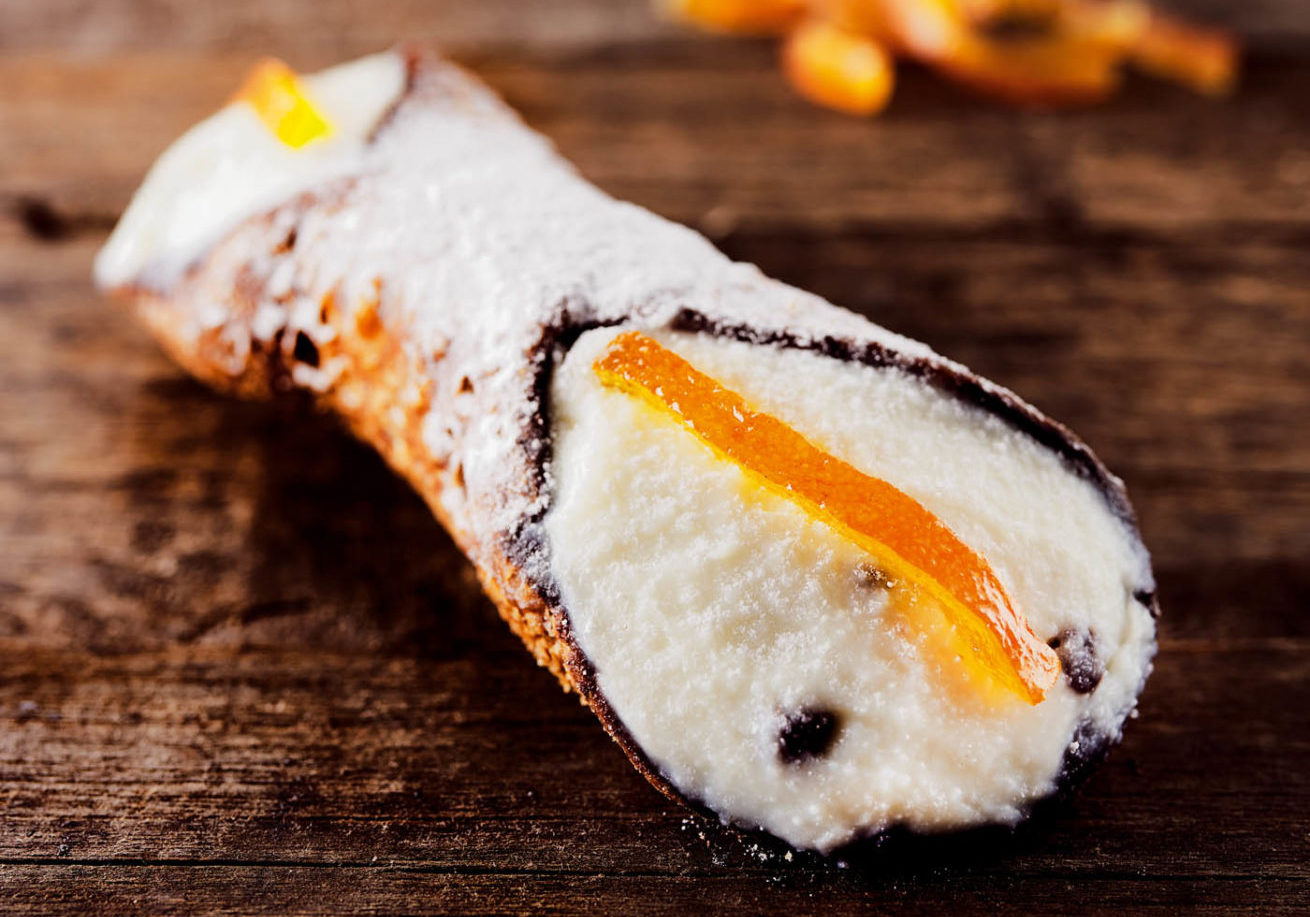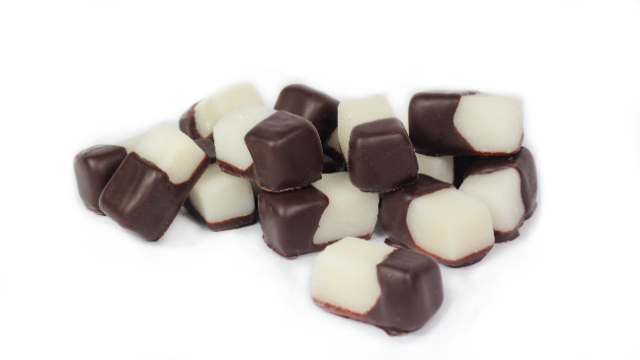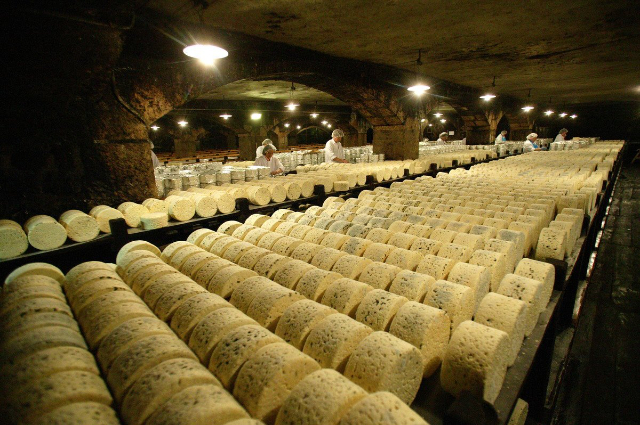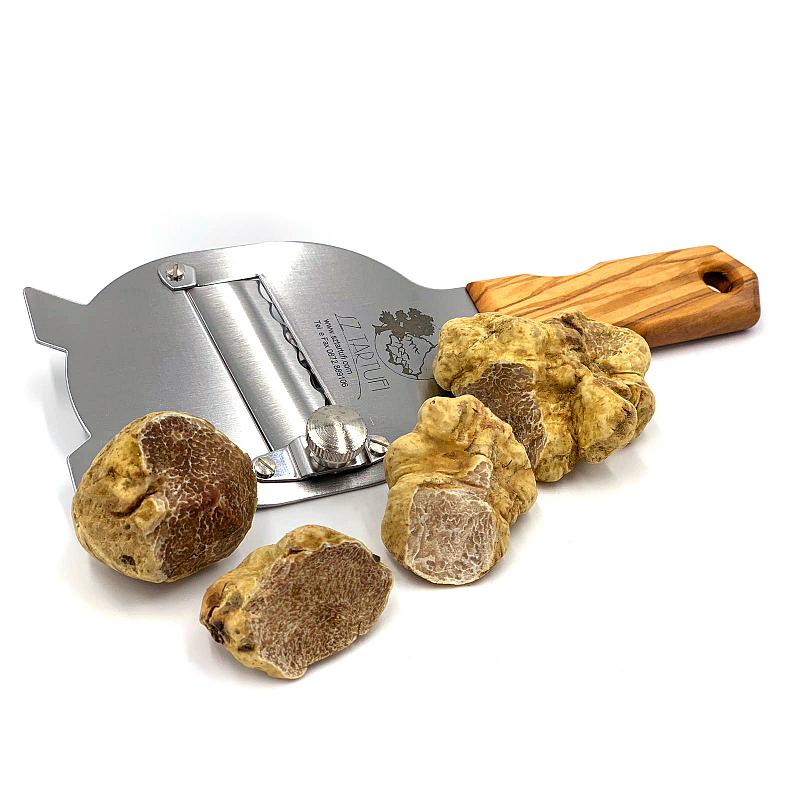According to one legend, the birth of cannoli took place in Caltanissetta, "Kalt El Nissa," a locution that in Arabic means "Castle of the women," at that time the seat of numerous harems of Saracen emirs.Today’s Sicilian cannolo would therefore have ancient origins, although it has undergone several transformations over the centuries, and its ancestor may have been a banana-shaped sweet, filled with ricotta cheese almonds and honey.
The most credited hypothesis would be that the emir’s favorites, in order to pass the time, devoted themselves to the preparation of delicious dishes, especially sweets, and in one of their many culinary experiments they would have "invented" the cannoli, an obvious allusion to the sultan’s "talents."
Another source, however, relates that cannoli were first prepared in a convent also near Caltanissetta.
It is said that on the occasion of Carnival, the nuns "invented" a dessert consisting of a wrapper ("scorcia") filled with a cream of ricotta and sugar and enriched with chunks of chocolate and almond granules (cucuzzata).
Whether nuns or concubines, "these women, made different by their vow of chastity, probably in their innermost selves were not so different when faced with the voluptuous pleasure offered by the magnificent dessert."
We certainly know that its roots go back to Arab rule in Sicily (827 to 1091).













